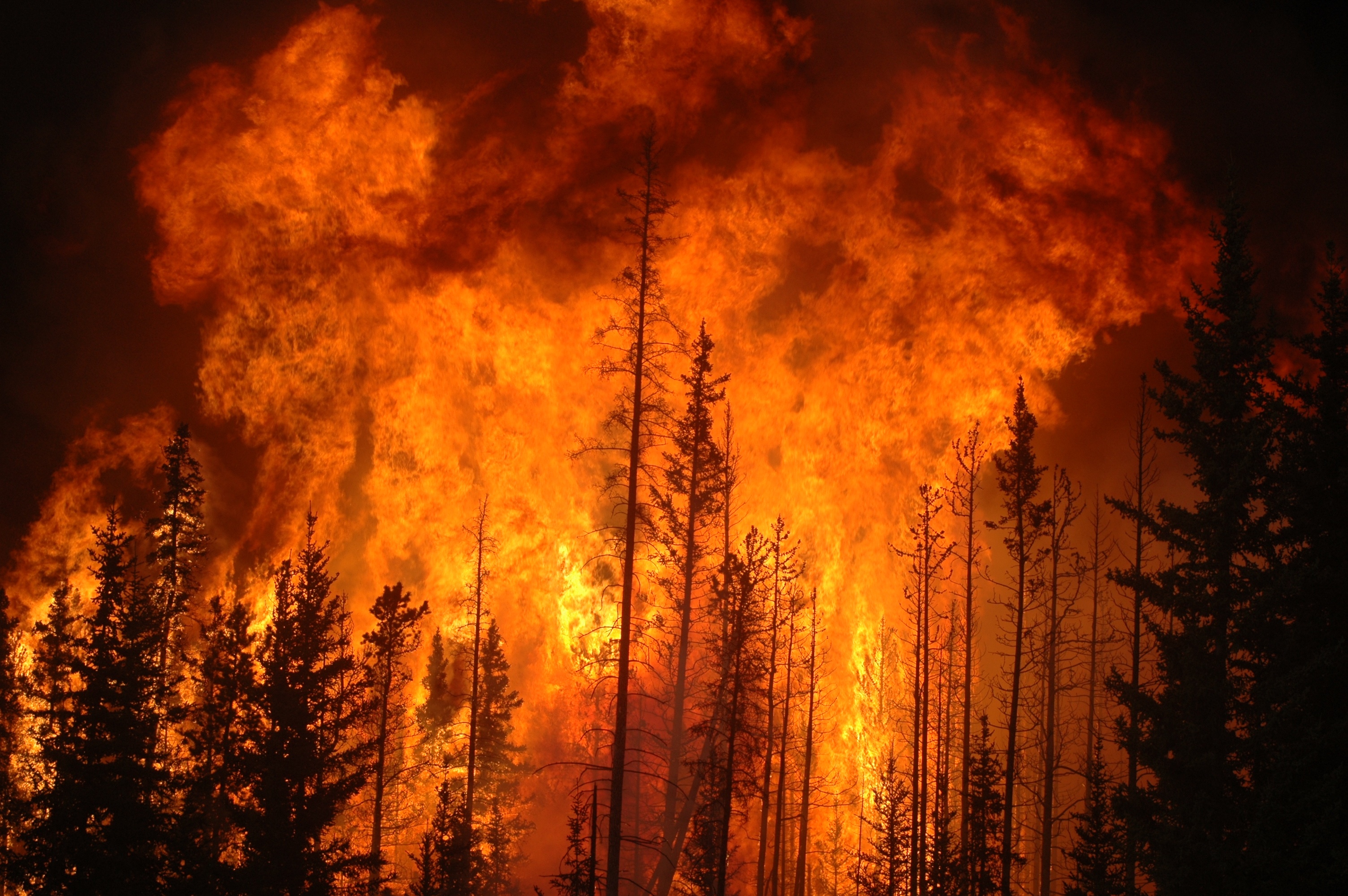
Alan: Underlying much "denialism" is the need for hidebound (and bible-bound) Christians to deny any “vision” of a providential God who permits the emergence of problems whose solution is beyond the reach of individual effort. Once a problem is big enough to require encompassing political intervention, then individual conscience, in concert with one’s personal relationship to God, is inadequate to the appropriate – even the ordained -- work of humankind. Whether one denies anthropogenic global warming or the need for gun control, the ultimate goal is to protect belief systems predicated on “the individual” to the exclusion of “the communal” and “the collective.” The solutions to Life's "big problems" is rarely either/or, but typically both/and.

- Eugene Robinson
- Opinion Writer
Hot enough for you?
Apparently not. The climate-change denialists — especially those who manipulate the data in transparently bogus ways to claim that warming has halted or even reversed course — have been silent, as one might expect. Sensible people accept the fact of warming, but many doubt that our dysfunctional political system can respond in any meaningful way.
The thing is, though, that climate change has already put itself on the agenda — not the cause, but the effects. We’re dealing with human-induced warming of the atmosphere. It’s just that we’re doing so in a manner that is reactive, expensive and ultimately ineffectual.
Congress is being asked to approve a total of $60 billion in emergency aid for the states ravaged by Hurricane Sandy. Strictly speaking, it is not possible to say this freakish storm was caused by climate change. But Sandy was the second hurricane to strike the northeastern United States in two years — which, to say the least, exceeds the normal frequency of such events.
And Sandy was part of a pattern. According to the National Oceanic and Atmospheric Administration (NOAA), 2012 was “the second most extreme year on record,” with 11 weather-related disasters including hurricanes Sandy and Isaac as well as swarms of killer tornadoes across the Great Plains and the Ohio Valley.
The year was also exceptionally dry; by July, about 61 percent of the country was experiencing conditions that qualify as “drought.” On a cheery note, the situation was not as bad as the Dust Bowl droughts of the 1930s. Less happily, the lack of rainfall in 2012 exacerbated wildfire activity. “The Waldo Canyon fire near Colorado Springs, Colo., destroyed nearly 350 homes and was the most destructive fire on record for the state,” NOAA reported.
Hurricanes striking where they don’t usually strike, fires burning where they don’t usually burn, drought everywhere — these anomalies begin to add up. Scientists have long told us that one impact of climate change will be increased volatility, and unpredictability, in weather events. This appears to be what we’re getting.
We’re also getting heat. Lots of it.
The average temperature in the contiguous United States for 2012 was 55.3 degrees. That’s 3.2 degrees above the average for the 20th century, according to NOAA, and an astonishing 1 degree higher than 1998, the previous warmest year.
A degree here and a degree there might not sound like much, but these are impressively scary numbers. To put it in context, breaking the record for hottest year by a full degree is like breaking the world record for the long jump not by an inch or two, but by nearly two feet, as Bob Beamon did at the 1968 Olympics. To update the track-and-field metaphor, if all the years were sprinters, 2012 would be Usain Bolt.
In some parts of the world — Alaska, for example — it was a bit cooler than usual. But preliminary indications are that in terms of global temperatures, 2012 fits the overall pattern of a warming world. Of the 10 hottest years on record, all have come since 1998.
The consensus among climate scientists is that this is happening because the concentration of heat-trapping carbon dioxide in the atmosphere is nearly 40 percent greater than at the time of the Industrial Revolution, when humankind began burning fossil fuels on a grand scale.
Most scientists also agree that their predictions were conservative about how fast temperatures would climb, glaciers would melt and sea levels would rise. This may all be happening more quickly and inexorably than anyone thought.
So we’re going to deal with climate change whether we like it or not. We’re going to spend many billions of dollars over the coming years providing disaster relief in the wake of hurricanes and other destructive weather events. If we’re a bit smarter, we’ll spend even more to protect our coastal cities from storm surges of the kind that devastated parts of New York. Investment in barriers and floodwalls will ultimately save both money and lives.
But if we were really smart, we’d be talking about how to mitigate the ultimate damage by weaning ourselves from coal, oil and other energy sources that produce carbon emissions.
We see what looks like disaster looming but don’t even talk about it, because the politics of climate change are inconvenient. Future generations will curse our silence.

Gallery